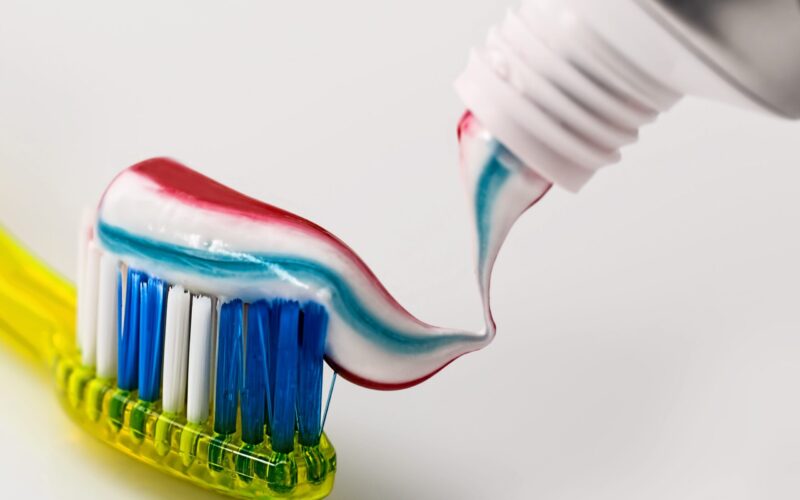Traveling by air requires careful consideration of what items can or can’t be taken on board. The permissibility of toothpaste, a common everyday item, often causes confusion, whether it’s being taken in checked baggage or a carry-on bag.
To help ensure a smooth and stress-free journey, in this article we will explore the rules and regulations regarding toothpaste and air travel.
How much toothpaste can you bring in checked baggage?
In general, toothpaste is allowed in checked baggage. There is no strict limit on the quantity of toothpaste you can pack in your checked luggage, but it’s essential to be mindful of the overall weight and size restrictions set by the airline. Plus, always ensure the toothpaste tube is well sealed to prevent any leaks during the flight.
How much toothpaste can you bring in a carry-on bag?
For carry-on bags, the Transportation Security Administration (TSA) has specific rules regarding liquids, gels and aerosols, including toothpaste. A single container of toothpaste must not exceed 3.4 ounces (100 milliliters). Moreover, all containers must fit into a single, quart-sized, clear resealable plastic bag. Each passenger can only carry one such bag.
Where and how to pack toothpaste?
Whether in checked baggage or a carry-on bag, it’s advisable to pack toothpaste in a plastic bag to avoid any potential leaks or mess. Placing the toothpaste in a separate pouch or securing it with other non-liquid toiletries can also prevent accidental leakage.
When do these rules apply?
The rules regarding toothpaste and other liquids in carry-on luggage are not specific to individual airlines. They are universally implemented by airport security authorities worldwide. These regulations aim to maintain security and adhere to international aviation standards.
What happens if you pack too much toothpaste?
If you mistakenly pack more than the allowed amount of toothpaste in your carry-on bag, security personnel at the airport checkpoint are likely to identify the excess. In such cases, they may ask you to either discard the excess toothpaste or transfer it to your checked baggage, if time allows. If neither option is viable, you might have to surrender the item.
Rules that apply to prescribed toothpaste
Prescribed toothpaste, such as medicated or special oral care products, is exempt from the 3.4-ounce rule. However, passengers must declare these items to the security personnel during the screening process. It’s advisable to carry a doctor’s prescription or a supporting medical document to avoid any confusion or issues during the security check.
Why is there a limit?
The limitations on liquids, including toothpaste, are in place primarily for security reasons.
The 3.4-ounce limit ensures that potentially hazardous substances cannot be smuggled onto the plane in large quantities. The main concern behind this rule is related to aviation security and the potential threat of liquid explosives or other hazardous substances being brought on board. In the past, there have been instances where terrorists have attempted to use liquid explosives to carry out attacks on aircraft.
One notable incident that contributed to the introduction of these regulations was the 2006 transatlantic aircraft plot, in which a group of terrorists planned to detonate liquid explosives on several transatlantic flights departing from the United Kingdom to the United States and Canada. The explosives were disguised as beverages and carried in hand luggage. The plot was foiled by authorities, but it raised serious concerns about the vulnerability of aviation security to liquid-based threats.
Additionally, the requirement to place liquids in a clear plastic bag enables quick and efficient screening procedures at airport checkpoints.


